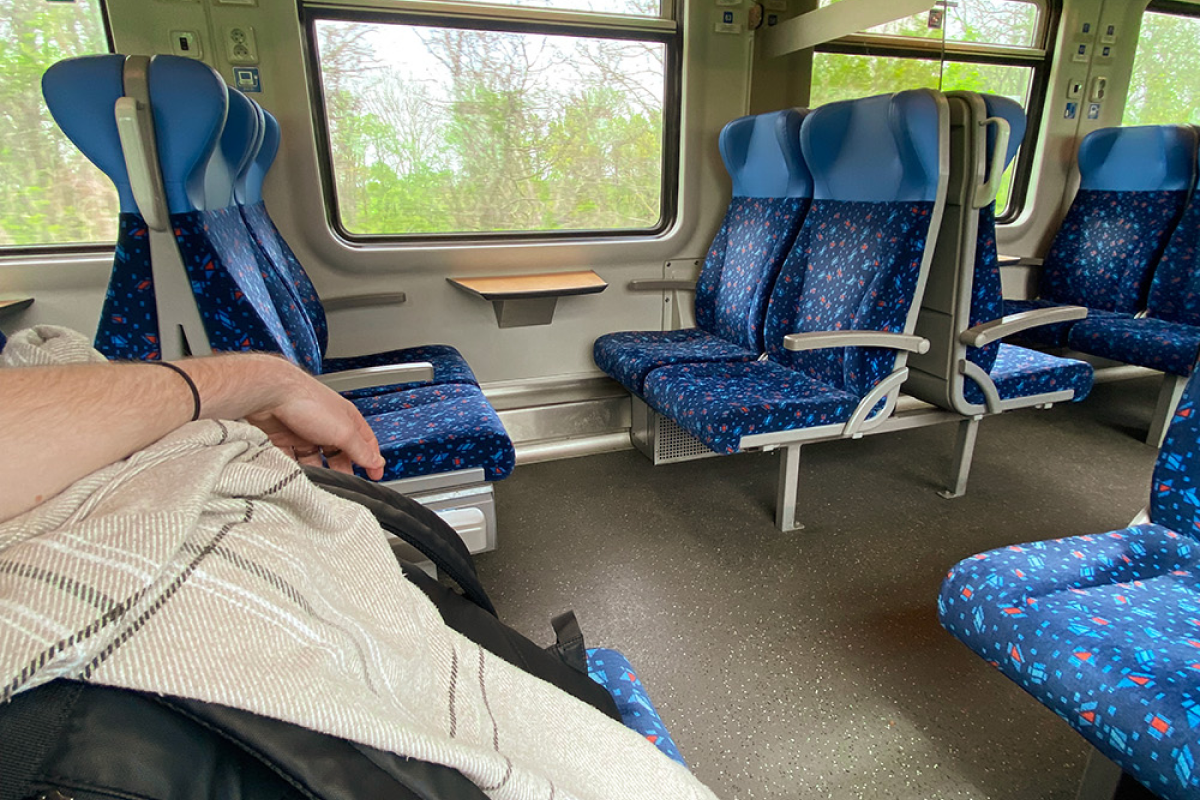Europe Transportation Hacks are the key to making your dream European adventure a reality. The continent beckons with its rich history, stunning landscapes, and vibrant cultures throughout the year. Whether you’re basking in the Mediterranean sun, exploring autumn’s colourful foliage, embracing winter festivities, or enjoying spring’s blossoming beauty, Europe has something special to offer in every season. In this blog post, we will not only guide you on how to make the most of each season in Europe but also provide you with invaluable transportation hacks that will ensure your journey is smooth, enjoyable, and hassle-free. So, get ready to explore the charms of Europe while making use of these clever Europe Transportation Hacks that will enhance your adventure in every season.
Note: many or all products featured here are from partnerships which do compensate me. However this does not influence my evaluations as my opinions are my own and brought upon from experience and using these products.
Table of Contents
Pre-Travel Planning: Setting the Stage for Smooth European Transportation Hacks
- Researching Transportation Options:
Start your European adventure by delving into the vast array of transportation choices. With an extensive network of trains, buses, trams, and flights, Europe offers diverse options. Utilize the internet to uncover the most efficient and cost-effective modes of transportation in your planned destinations. This upfront research can lead to significant savings and enhance your overall travel experience. - Booking in Advance vs. Flexibility:
During the pre-travel planning phase, make a crucial decision about when to book transportation. While booking in advance often yields cost savings, it may limit your ability to make spontaneous changes. Evaluate your travel style and preferences – for longer journeys, such as between major cities, booking ahead is advisable. Tools like Omio can organize your journeys efficiently, providing flexibility for shorter trips. - Travel Itinerary:
Sketch out a rough travel itinerary outlining your route and stops. This serves as a guide for estimating travel duration and frequency, essential for efficient transportation and accommodation bookings. Again platforms like Omio prove valuable in keeping your transportation organized, especially for intercity travel. - Check Visa and Entry Requirements:
Ensure you have the required visas, permits, and travel documents for each country on your itinerary. European countries may have different entry requirements, and thorough checks beforehand can prevent surprises at border crossings. Even if traveling by train or bus, be prepared for potential visa checks. - Packing for Transportation:
Tailor your packing strategy with transportation in mind. Opt for lightweight luggage and include essentials like chargers, travel-sized toiletries, and entertainment for long journeys. Keep in mind that on buses and trains, your luggage may not be weighed, providing more flexibility but necessitating frequent handling.
Pro Tip: While buses and trains may offer greater flexibility with luggage, be mindful of moving it around frequently. Consider the benefits of trains and buses over planes for a more cost-effective and enjoyable travel experience. But I will say Trains are a lot more comfortable to commute on.

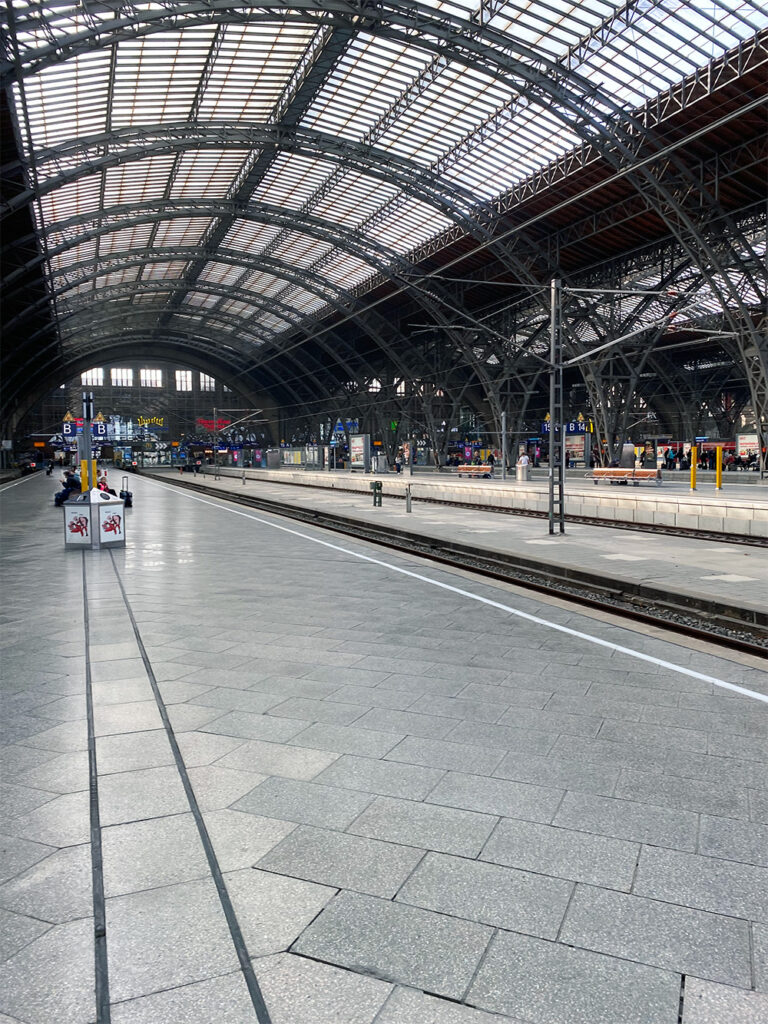
Feel Free to check out further options with Omio. and you can contact me for more information.
Choosing the Right Transportation: Europe Transportation Hacks
- Trains:
Embrace the comfort and efficiency of trains for intercity travel within Europe. With scenic routes and ample workspace, trains offer a superior experience, particularly for longer journeys between major cities. - Buses:
Opt for economical bus travel, suitable for budget-conscious travellers. While potentially slower than trains, buses connect both large and small towns. Consider flexible bus passes for city-hopping adventures. As you may know I prefer not to do busses just because I haven’t had the best experience on them. - Flights:
For long-distance travel between countries, flights provide a time-efficient option. Booking in advance can result in surprisingly affordable fares. However, consider factors like check-in times and proximity to city centres when choosing flights. Sometimes this actually take longer then trains and buses as most main station are located in the city. - Metro and Trams:
Explore European cities efficiently with metro and tram systems. Ideal for urban exploration and reaching popular attractions, these systems often offer cost-effective options. Be mindful of peak times for crowded conditions. - Ferries:
Choose ferries for scenic journeys between islands or along coastal regions. Reliable ferry services in countries with extensive coastlines provide a unique and practical transportation choice. I have only been on one journey which was actually quite pleasant. - Rental Cars:
Renting a car offers flexibility for exploring remote areas, but it’s not recommended for city travel due to parking challenges. Exercise caution, photograph the car before and after use, and consider the added cost of insurance. - Bicycles:
In bike-friendly cities, cycling provides an eco-friendly and health-conscious mode of transportation. Research local bike-sharing programs and safety conditions before embarking on a two-wheeled adventure. - Walking:
Don’t underestimate the simplicity and charm of walking. European cities often cater to pedestrians, providing an excellent way to immerse yourself in local culture while saving on transportation costs. - Hitchhiking:
For the adventurous and budget-conscious traveller, hitchhiking can offer unique experiences. Exercise caution, consider traveling in groups, and be prepared for varied outcomes.
Pro Tip: Choose transportation modes that align with your preferences and travel style. Consider factors like comfort, cost, and convenience to enhance your European travel experience.
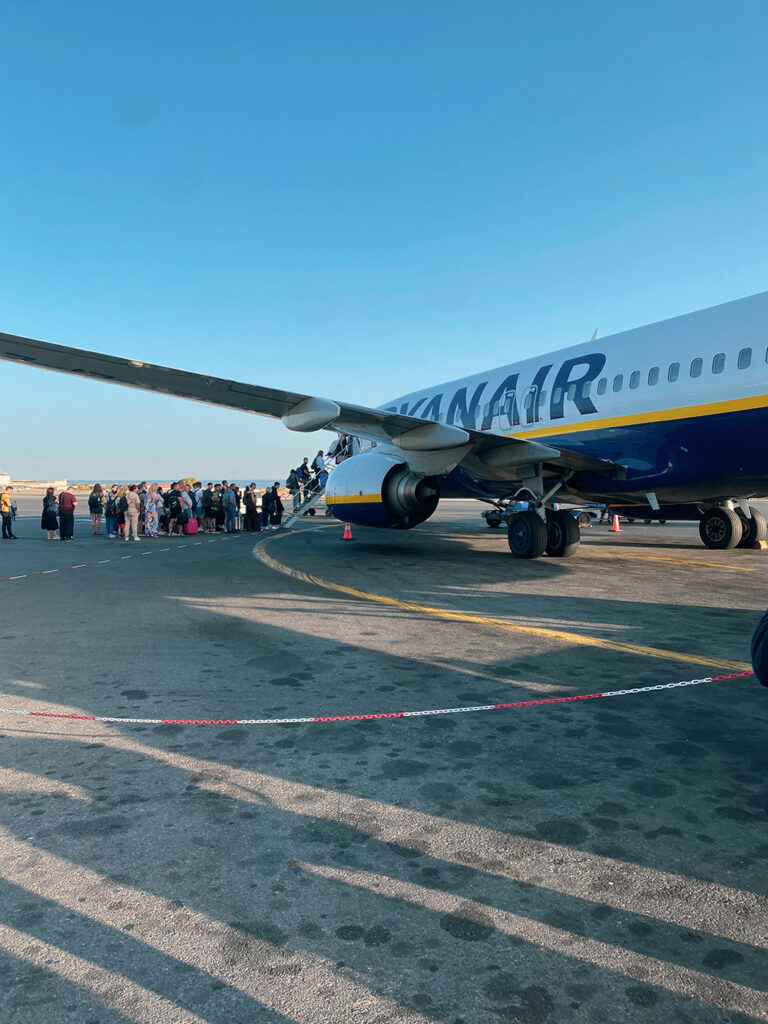
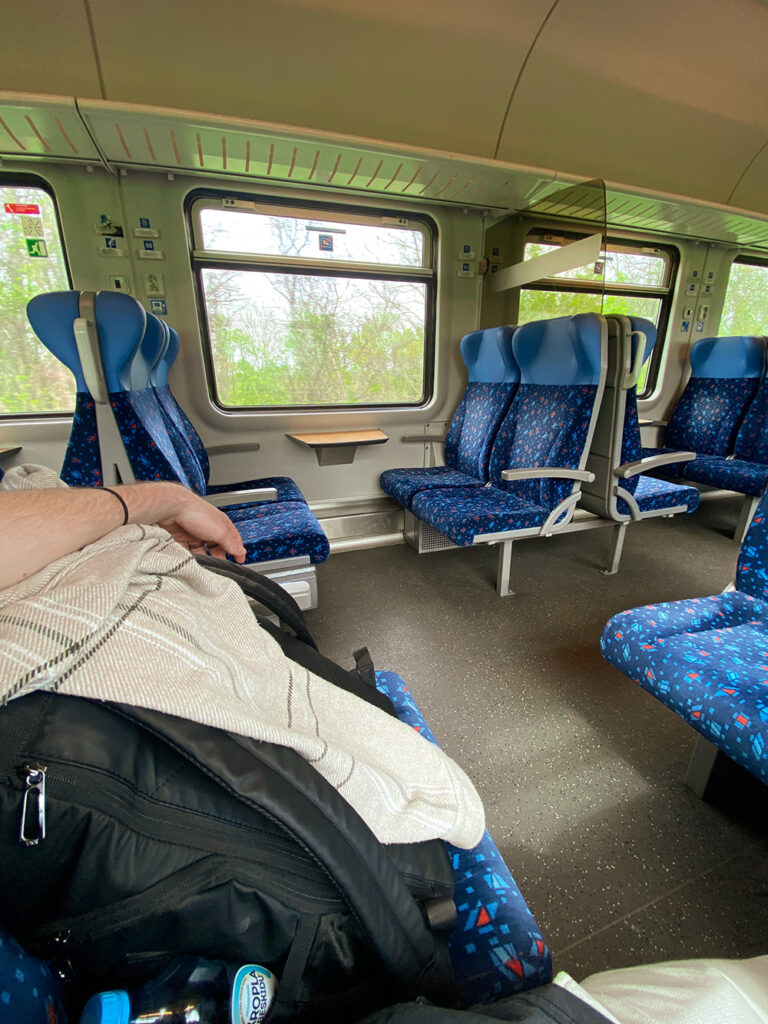
Budget-Friendly Transportation Hacks: Navigating Europe Without Breaking the Bank
- Plan Ahead:
Maximize budget-friendly transportation by planning your itinerary well in advance. Early booking often results in substantial savings, especially for long-distance journeys. - Use Budget Airlines:
Leverage the abundance of budget airlines in Europe for affordable flights between major cities. Keep an eye out for promotional fares and book ahead to secure the best deals. - Consider Overnight Travel:
Optimize your budget by exploring overnight trains or buses. This not only saves on accommodation costs but also allows you to wake up at your destination, eliminating the need for an extra night’s stay. - Explore Bus Options:
Budget-friendly long-distance buses, offered by companies like FlixBus and Eurolines, provide economical transportation. Look for flexible bus passes for convenient city-hopping adventures. - Discount Cards and Passes:
Many European countries offer discount cards and transportation passes for tourists. Research available options, including discounts for EU citizens and students, to maximize savings. - Ride-Sharing and Carpooling:
Embrace ride-sharing services like BlaBlaCar for affordable transportation. Sharing rides with locals and fellow travellers can result in significant cost savings. - Off-Peak Travel:
Traveling during off-peak hours or seasons often leads to lower transportation costs. Additionally, off-peak periods offer a more relaxed travel experience with fewer crowds. - Look for Promotions:
Keep an eye on transportation providers’ websites for promotions and special offers. Subscribe to newsletters for notifications, and explore membership discounts for added savings. - Combine Transportation Modes:
Save money by combining transportation modes. For example, use a budget airline for long-distance travel and switch to trains or buses for local exploration. Also try to be prepared as you’ll save more in the long run. - Local Transport vs. Taxis:
Opt for cost-effective public transportation within European cities rather than pricier taxis. Be cautious with taxi fares, and consider rideshare options for added convenience and safety.
Pro Tip: Flexible planning and a mix of transportation options can significantly reduce costs while enhancing your overall European travel experience.


Packing and Luggage: Essential Tips for Easy European Travel
- Travel Light:
Embrace a minimalist approach to packing for Europe. Prioritize essentials, and choose versatile clothing items to create multiple outfits. Lighter luggage enhances mobility and convenience. - Choose the Right Bag:
Select a travel bag that suits your needs and mode of transportation. Whether a sturdy suitcase or a versatile backpack, ensure it aligns with your travel style. - Travel-Size Toiletries:
Opt for travel-sized toiletries to minimize luggage weight and comply with airline restrictions. Consider purchasing essentials locally, and utilize provided toiletries in accommodations. - Versatile Clothing:
Pack clothing items that can be easily mixed and matched. Stick to a coordinated colour palette and include layers for varying weather conditions. Wear heavier items while traveling to reduce bag weight. - Check Baggage Allowances:
Be aware of baggage allowances, especially when flying within Europe. Different airlines have varying rules, so familiarize yourself to avoid unexpected fees. - Keep Important Documents Handy:
Organize travel documents, passports, and visas in easily accessible pockets. Quick access to these items saves time during security checks and border crossings. - Pack a Day Bag:
Bring a compact day bag for daily excursions. This is ideal for carrying essentials like water, snacks, a guidebook, and a jacket while exploring your destination. - Secure Your Luggage:
Use locks or luggage straps to secure your bags and deter theft. While issues may be rare, taking precautions ensures the safety of your belongings. - Consider Laundry:
If traveling for an extended period, plan for laundry. Choose accommodations with laundry facilities or locate local laundromats to keep luggage light. Be aware that some accommodation will charge a lot for washing. I have found it usually is about 5 euros to wash and 5 euros to dry.
Pro Tip: Stay organized and consider the specific needs of your travel style when packing. Efficiency in packing enhances your mobility and overall travel experience.
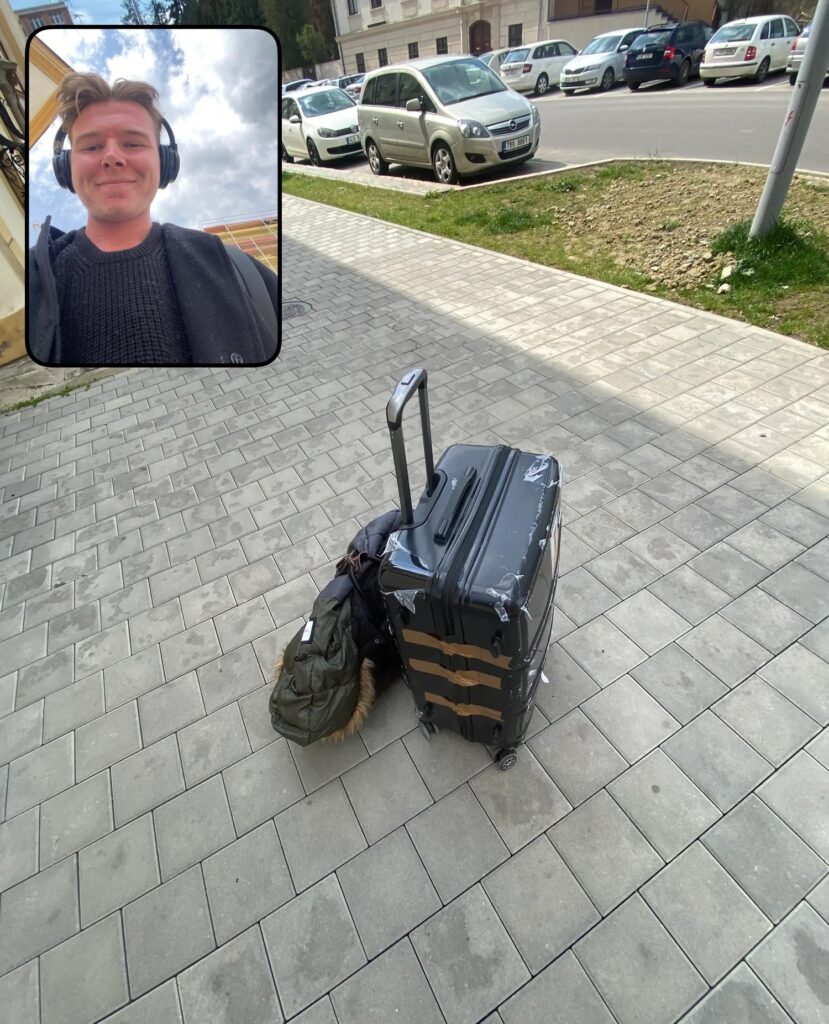

Using Technology: Streamlining Your European Transportation Experience
- Mobile Apps for Transportation:
Leverage mobile apps like Google Maps, Citymapper, and Moovit for real-time information on public transportation. Consider using Omio for comprehensive coverage and organized planning throughout Europe. - Language Translation Apps:
Overcome language barriers with translation apps like Google Translate or Duolingo. These tools aid communication with locals and enhance your understanding of signs and directions. - Booking and Ticketing Apps – E-Tickets and Mobile Boarding Passes:
Simplify your journey with transportation providers’ booking apps. Opt for e-tickets and mobile boarding passes for convenience, eliminating the need for printed documents. Explore Omio for its extensive coverage and efficient organization. - Wi-Fi and Data Plans:
Ensure a reliable internet connection by purchasing a local SIM card, renting a portable Wi-Fi device, or using an international data plan. Connectivity is crucial for travel apps and staying in touch with loved ones. - Travel Blogs and Forums:
Stay informed and receive recommendations from fellow travellers through travel blogs, forums, and social media. Explore platforms like Instagram, TikTok, and Google for up-to-date information and insights. - Entertainment:
Enhance your travel experience with entertainment options downloaded to your mobile device. Load books, movies, podcasts, and music for enjoyment during train rides or flights.
Pro Tip: Choose apps and technologies that align with your preferences for efficient planning and an enhanced travel experience throughout Europe.
Feel Free to check out further options with Omio. and you can contact me for more information.
Avoiding Tourist Traps: Insider Tips for Authentic European Travel
- Discover Hidden Gems through Research:
Delve into lesser-known attractions and neighbourhoods at your destination by consulting local blogs, travel forums, and guidebooks. The ubiquity of social media makes it challenging to find places that haven’t been overwhelmed by tourists, so take the time to uncover hidden gems through more reliable sources. - Strategically Choose Your Travel Time:
Plan your trip during off-peak or shoulder seasons to steer clear of the crowds. Keep in mind that even in supposedly off-season periods, certain destinations like Rome might surprise you with unexpected popularity which it defiantly did with me. Additionally, consider the weather’s impact on your experience, as it can influence both the crowd size and your ability to explore. - Secure Your Spot with Advance Online Bookings:
For popular attractions, museums, and events, save time and frustration by booking tickets online in advance. While spontaneity can be enjoyable, some attractions in major tourist cities may be fully booked weeks ahead, so planning pays off. - Explore Local Enclaves Beyond Tourist Hubs:
Escape the tourist-heavy zones by venturing into local neighbourhoods, exploring markets, and dining where locals do. This not only offers a more authentic experience but also encourages interactions with people who often have commendable English skills outside the city centre. - Stay Alert to Street Touts:
Be cautious of aggressive street touts promoting tours, restaurants, or services, as these tactics often signal tourist traps. Over time, you’ll become adept at recognizing their strategies and handling street scammers effectively. - Rely on Local Recommendations:
Tap into the wealth of knowledge possessed by locals for authentic food, entertainment, and experiences. Seeking advice from locals remains a timeless way to discover hidden gems and gain valuable insights into your destination. - Shop Wisely for Souvenirs:
Rather than splurging at pricey souvenir shops near popular attractions, explore local markets and independent stores for unique and reasonably priced mementos. Saturdays often see vibrant markets in many European cities, offering a plethora of distinctive finds. - Navigate Restaurant Choices with Reviews:
Make informed dining choices by perusing reviews on platforms like TripAdvisor and Yelp. Favour establishments with positive feedback from both locals and fellow travellers, steering clear of places with unfavourable reviews or exorbitant prices. - Haggle for Taxi Fares:
In some European cities, taxi drivers might attempt to overcharge tourists. Agree on the fare or ensure the meter is used before starting the journey. Keep in mind that taxi fares can vary, so negotiate wisely. - Entry Fees:
Confirm entry fees in advance, especially for attractions charging higher fees for non-residents. This knowledge proves invaluable, especially when facing long queues and potential surprises at the entrance. - Opt for Local Transportation:
Embrace the cost-effective and local experience offered by public transportation, such as trams, buses, and metros. While various travel cards are available, exploring a city on foot remains an excellent way to absorb its essence. - Embrace Spontaneity:
Permit yourself the freedom to wander and make serendipitous discoveries. By eschewing rigid plans, you open yourself up to unique and unexpected experiences, adding a delightful element of surprise to your travels. - Choose Accommodations for Authenticity:
Immerse yourself in the local culture by considering boutique hotels, guesthouses, or Airbnb accommodations in residential neighbourhoods. Tailor your choice to your budget and preferences for a more immersive experience.
If you want more information about accommodation, check out my accommodation guide.
Safety and Security: Ensuring a Secure European Travel Experience
- Secure Your Belongings Vigilantly:
Safeguard your personal belongings from theft by utilizing secure bags, money belts, and anti-theft backpacks. Maintain vigilance in crowded areas, keeping a close eye on your possessions at all times. - Stay Informed and Prepared:
Prioritize safety by researching the security situation at your destination before traveling. Stay updated on travel advisories, local customs, and areas to avoid. Knowledge acts as your primary defence against potential risks. - Assimilate into Local Culture:
Minimize attention on yourself by dressing and behaving like a local. Avoid ostentatious jewellery and conspicuous gadgets. Blending in not only enhances your safety but also provides a more immersive travel experience. - Invest in Comprehensive Travel Insurance:
Ensure a worry-free journey by investing in thorough travel insurance covering medical emergencies, trip cancellations, and personal belongings. Familiarize yourself with the policy’s coverage and keep a copy of the insurance details on hand. - Steer Clear of Dark and Isolated Areas:
Opt for well-lit and bustling areas when exploring new cities, especially during the night. Avoid dark alleys and isolated locations to minimize safety risks. While confidence is essential, researching your destination beforehand adds an extra layer of precaution. - Memorize Emergency Numbers:
Acquaint yourself with local emergency numbers and program them into your phone for immediate access in case of an emergency. - Choose Reputable Accommodations:
Prioritize safety by selecting accommodations with positive reviews and robust security features. Guest reviews offer valuable insights, and inquiring about safety measures ensures a secure stay. - Exercise Caution on Public Transportation:
Remain vigilant against pickpockets while using public transportation, especially in crowded buses, trams, and metros. Peak hours can be risky, so keep a close eye on your belongings. - Create Photocopies of Important Documents:
Mitigate the impact of loss or theft by making photocopies of your passport, ID, travel insurance, and credit cards. Store these copies separately from the originals or keep digital copies on a secure cloud platform. - Trust Your Instincts:
Your intuition is a valuable safety tool. If a situation feels uneasy, trust your instincts and remove yourself from it. While taking risks can be part of the adventure, exercise smart judgment and build experience over time.


Traveling in Different Seasons: Making the Most of Your European Adventure
- Spring: Revel in Blooming Beauty (March to May):
Explore Europe during the enchanting spring season when flowers bloom, and outdoor attractions come alive. Key destinations include the Netherlands for tulip fields, the picturesque beauty of Italy, and the Mediterranean for delightful temperatures. - Summer: Bask in Sun, Sand, and Festivals (June to August):
Enjoy the warmth of summer for beach vacations, festivals, and outdoor adventures. While this period attracts a high number of tourists, it’s ideal for exploring the Mediterranean coast, Greek Islands, or attending renowned festivals like the Edinburgh Festival Fringe. - Autumn: Savour Colourful Foliage and Cultural Treasures (September to November):
Experience the beauty of autumn with its vibrant foliage and fewer crowds. This season is perfect for cultural experiences, wine tasting, and scenic train rides. Consider destinations like the vineyards of Bordeaux, the castles of Germany, or the charming villages of the Swiss Alps. - Winter: Cosy Getaways and Festive Markets (December to February):
Embrace the magic of winter with Christmas markets, winter sports, and cosy getaways. Destinations like Vienna, Prague, and the Swiss Alps offer a festive holiday spirit. For winter sports enthusiasts, the French Alps and Swiss resorts provide exceptional skiing and snowboarding opportunities. - Consider Climate and Weather:
Research the weather and climate of your chosen destination during your planned season of visit. Pack accordingly, considering variations in temperature and sunlight between summer and winter. - Book Accommodations in Advance:
Secure your accommodations well in advance, especially during high-season months like summer. Popular tourist spots may fill up quickly, and planning ahead ensures a comfortable and affordable stay. - Budget for Seasonal Considerations:
Be mindful of budget fluctuations based on the season of travel. High seasons often entail higher prices for accommodations and flights, so anticipate potential costs. - Maintain Flexibility in Planning:
Allow room for flexibility in your travel plans to accommodate unexpected changes in weather or local events. Spontaneity can lead to delightful detours and unplanned adventures. - Pack Smartly for Seasonal Variations:
Tailor your packing list to the season, considering both weather and planned activities. Layering clothing ensures comfort, and preparation for various climates is key to an enjoyable trip.
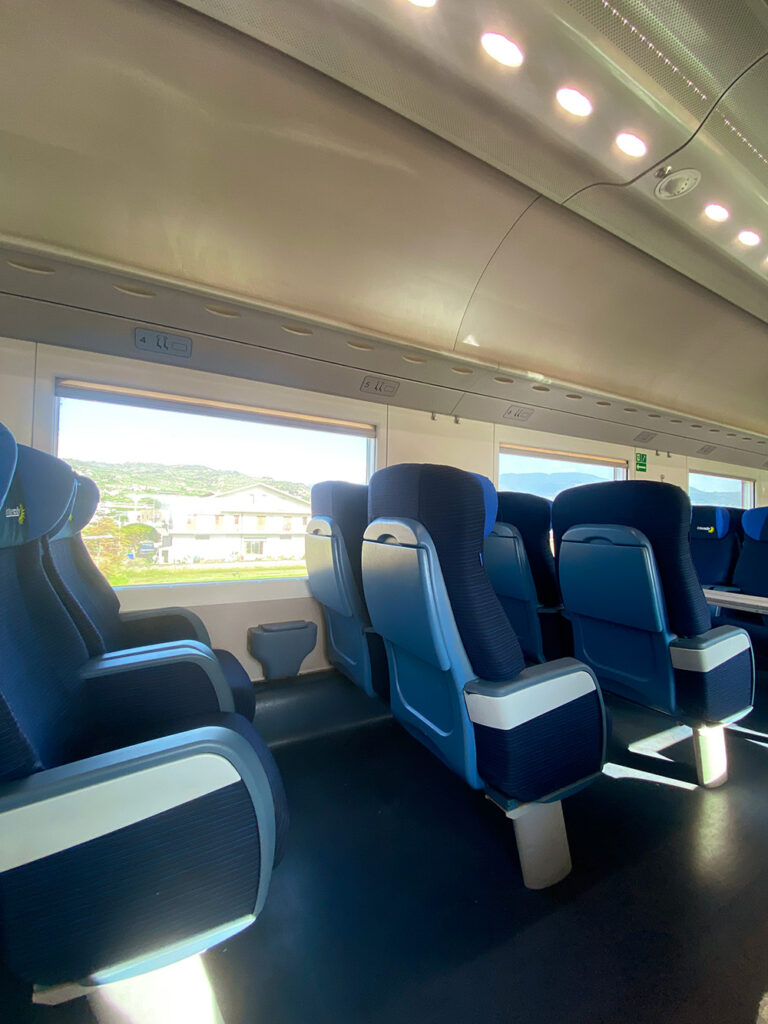

Conclusion: Embrace the Seasons and Savour European Wonders
In conclusion, mastering the art of navigating Europe’s diverse landscapes across all seasons unveils a world of enchanting possibilities. From the blooming beauty of spring to the festive markets of winter, the continent beckons with a tapestry of experiences waiting to be woven into your travel story. By employing savvy transportation hacks, whether relishing the warmth of summer festivals or savouring the vibrant foliage of autumn, you can seamlessly traverse the continent. Embrace local modes of transport, plan strategically, and stay adaptable to weather changes. In doing so, you’ll not only unlock the convenience of traversing Europe but also immerse yourself in its rich tapestry of cultures, ensuring that every journey becomes an adventure to be cherished. So, embark on your European escapade with confidence, armed with the knowledge to navigate its transportation intricacies in every season. The journey awaits and may it be filled with discovery, joy, and the seamless flow that only expert navigation can provide. Safe travels and feel free to get in contact for more information.

